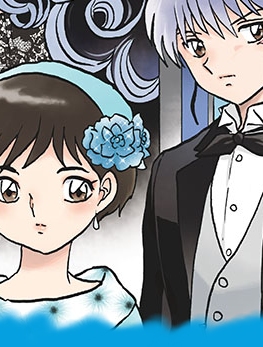
Cultural Notes
Kuji no in (Nine Hand Seals)
History, Heritage & Religion

"Mudra" ("in"/印 in Japanese) are hand symbols that originate with Buddhism, each gesturing having a specific meaning or idea behind it. Mudra are used to help understand the iconography of various Buddha (certain Buddha are associated with hand gestures). There are hundreds of unique mudra within Buddhism.
However, there are a special set of mudra that are not Buddhist in their origin that are addressed below. These special mudra are known as "Kuji no in" (九字の印), the "Nine Hand Seals". It is throught that the kuji no in arrived in Japan via Taoism rather than Buddhism (thought it has since been blended into the esoteric mikkyo aspects of Buddhism) and were eventually appropriated into the art of onmyoji and also the martial art ninjutsu.
There is a name/word associated with each mudra. These are:
 Sha(者) - meaning "one". Associated with the deity "Kongo-yaksha myo-o".
Sha(者) - meaning "one". Associated with the deity "Kongo-yaksha myo-o".  Tou(闘) - meaning "fight". Associated with the deity "Jikoku-ten".
Tou(闘) - meaning "fight". Associated with the deity "Jikoku-ten".  Pyo(兵) - meaning "warriors". Associated with the deity "Gozanze myo-o".
Pyo(兵) - meaning "warriors". Associated with the deity "Gozanze myo-o".  Rin(臨) - meaning "come". Associated with the deity "Bishamon-ten".
Rin(臨) - meaning "come". Associated with the deity "Bishamon-ten".  Zen(前) - meaning "in front". Associated with the deity "Zocho-ten".
Zen(前) - meaning "in front". Associated with the deity "Zocho-ten".  Zai(在) - meaning "take position". Associated with the deity "Dai-itoku myo-o".
Zai(在) - meaning "take position". Associated with the deity "Dai-itoku myo-o".  Retsu(列) - meaning "line-up". Associated with the deity "Komoku-ten".
Retsu(列) - meaning "line-up". Associated with the deity "Komoku-ten".  Jin(陣) - meaning "formation". Associated with the deity "Gundari myo-o".
Jin(陣) - meaning "formation". Associated with the deity "Gundari myo-o".  Kai(皆) - meaning "ready". Associated with the deity "Fudo myo-o".
Kai(皆) - meaning "ready". Associated with the deity "Fudo myo-o".
In onmyodo there are five yang affiliated symbols used for offensive purposes, that is to attack outside influences. These are Rin, Tou, Kai, Retsu and Zen. The four yin symbols are Pyo, Sha, Jin, and Zai. These are defensive symbols used to defend oneself (spiritually speaking).
When strung together the meaning of the phrase is thought to be "Come warriors, fight as one, ready in formation, line up and take position in front. Destroy/victory!"
Relevance to MAO
In chapter 101 Nanoka goes home to practice the kuji-in after having been scolded by Hyakka in earlier chapters about not taking her training seriously. Tiring of feeling useless in battle Nanoka practices the gestures, but tells Uozumi she finds them difficult. This is also connected to the "Nine Cuts" (九字切り/kujigiri) attack Mao uses in chapter 37.